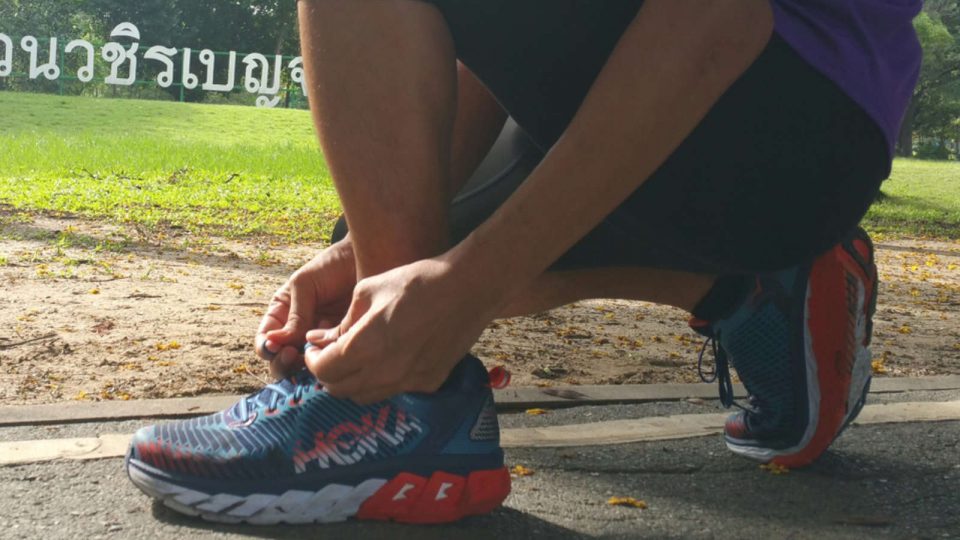Arahi, or “to lead” in Maori, is Hoka One One’s first stability offering. It is marketed as a lightweight stability fast shoe with pronation support using J-frame technology on the soles and a forgiving 5mm drop. Initially, it seems strange to me though that for the wide range of products launched, Hoka has not previously introduced any stability shoes. Until now, that is.
Being late in the stability game, would Hoka just be another new kid on the block? Or would it go one up against its competitors and take the Arahi “lead”? Let’s find out.
Prior to this Arahi review, I am already a Hoka convert with a Clifton 2 and ATR Challenger road and trail shoes respectively. So, I’ll be making references to these models for those who are already familiar with Hoka, and are considering to specifically purchase Arahi if you are an overpronator. Or if you’d like to give a shot on a Hoka for the first time, this could be your opportunity.
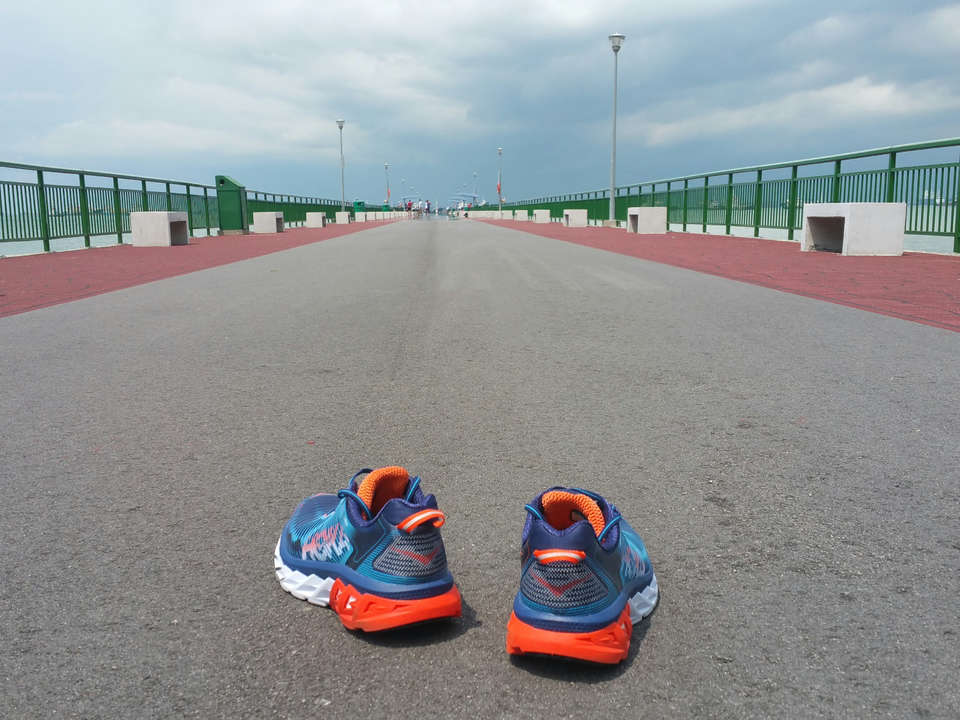
First impressions make me smile
Aesthetically, I find the new generation of Hoka shoes are generally good looking, for both men’s and women’s models. This men’s Arahi is indeed handsome. The 3D puff print frame upper is light, supportive and provide it with a sneaker look. And the combined dark blue, white and orange sole hides the traditionally thick “platform shoes” bulk of Hokas.
I’m a believer that running shoes are only to be worn for running purposes only. I do make the occasional exceptions if they’re good looking, and this is one of them as it was the only shoe I put on for a short trip to Bangkok.
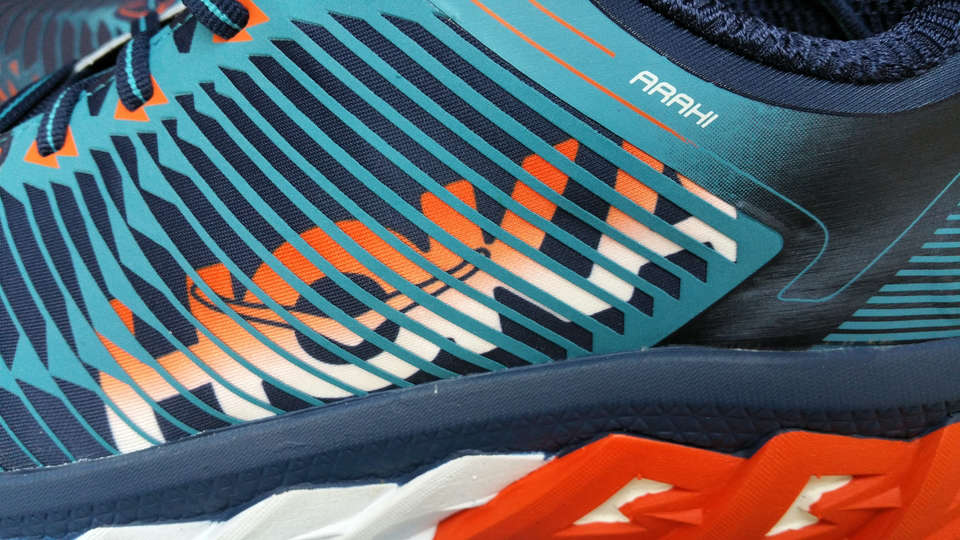
Arahi’s toebox is narrower by Hoka standards, but still comparable or even marginally wider to those from other manufacturers. This may be a good thing as some runners found that earlier Hokas felt too loose for them.
When I do long runs, my feet will swell and so I do appreciate roomy toebox shoes. In my running journey, any pair of respectable running shoes would be fairly comfortable up to a half marathon distance.
However, should you have the need to run longer, then addressing feet swell matters in our hot and humid conditions should take some due considerations. In this case, I do feel that heat does build up pretty quickly my interior of the Arahi was wet with my sweat when I ran over distances of 10km each time. Perhaps, the 3D puff print frame does not provide as much as ventilation as traditional mesh uppers.
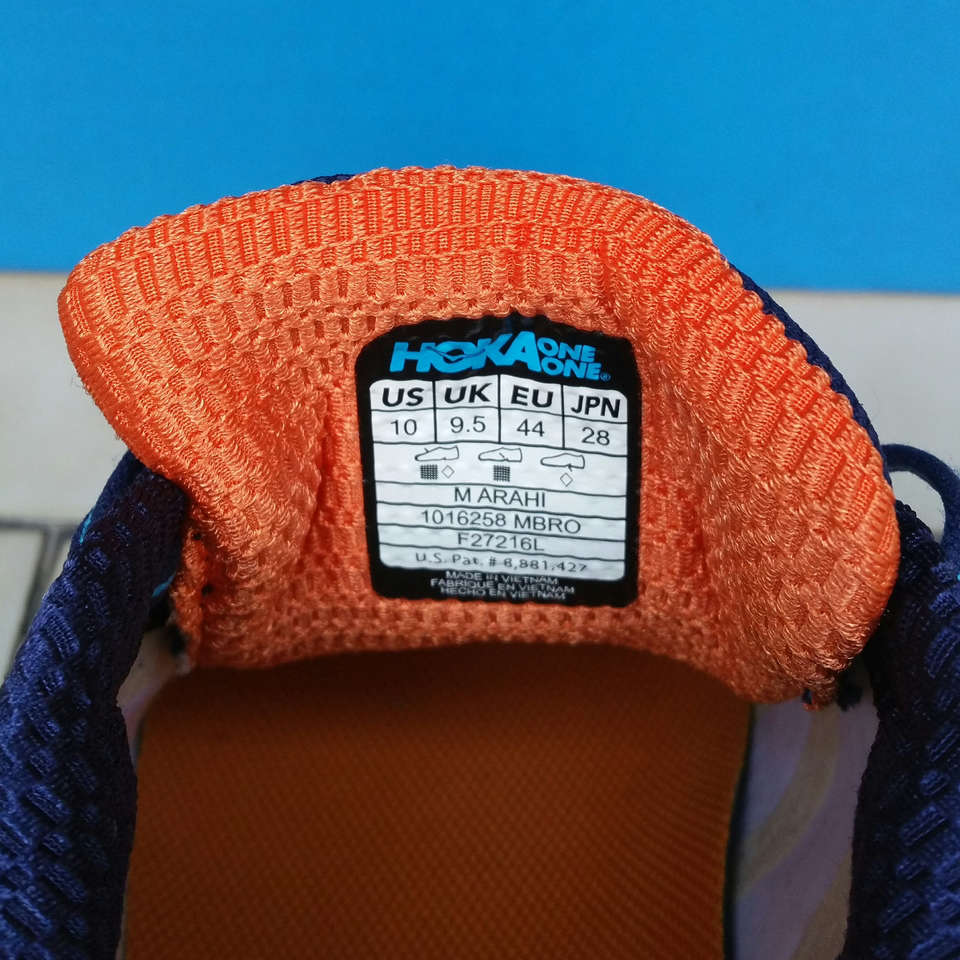
While earlier Hoka’s shoe tongues were unpadded and sharp at the edges leading to cuts around my ankles when I wore short socks, Arahi’s padded tongues have eliminated those issues. It is indeed a welcome relief with this revised design element.
As with all Hoka models, I find that the brand’s potential bugbear is on lacing. Unlike from other manufacturers, I need to do a “heel slipping” lacing technique on all Hokas, including for Arahi.
I’m guessing it has to do with the generous volume design of Hokas, and if your feet shape doesn’t fully encompass into the shoe, there would be room for movement and thus slippage.
It doesn’t help too that Arahi’s shoelaces are more silky slippery compared to my other Hokas. They’ll come off easily if not properly laced. But once you get the laces fitted nicely, you and Arahi will feel “as one”.
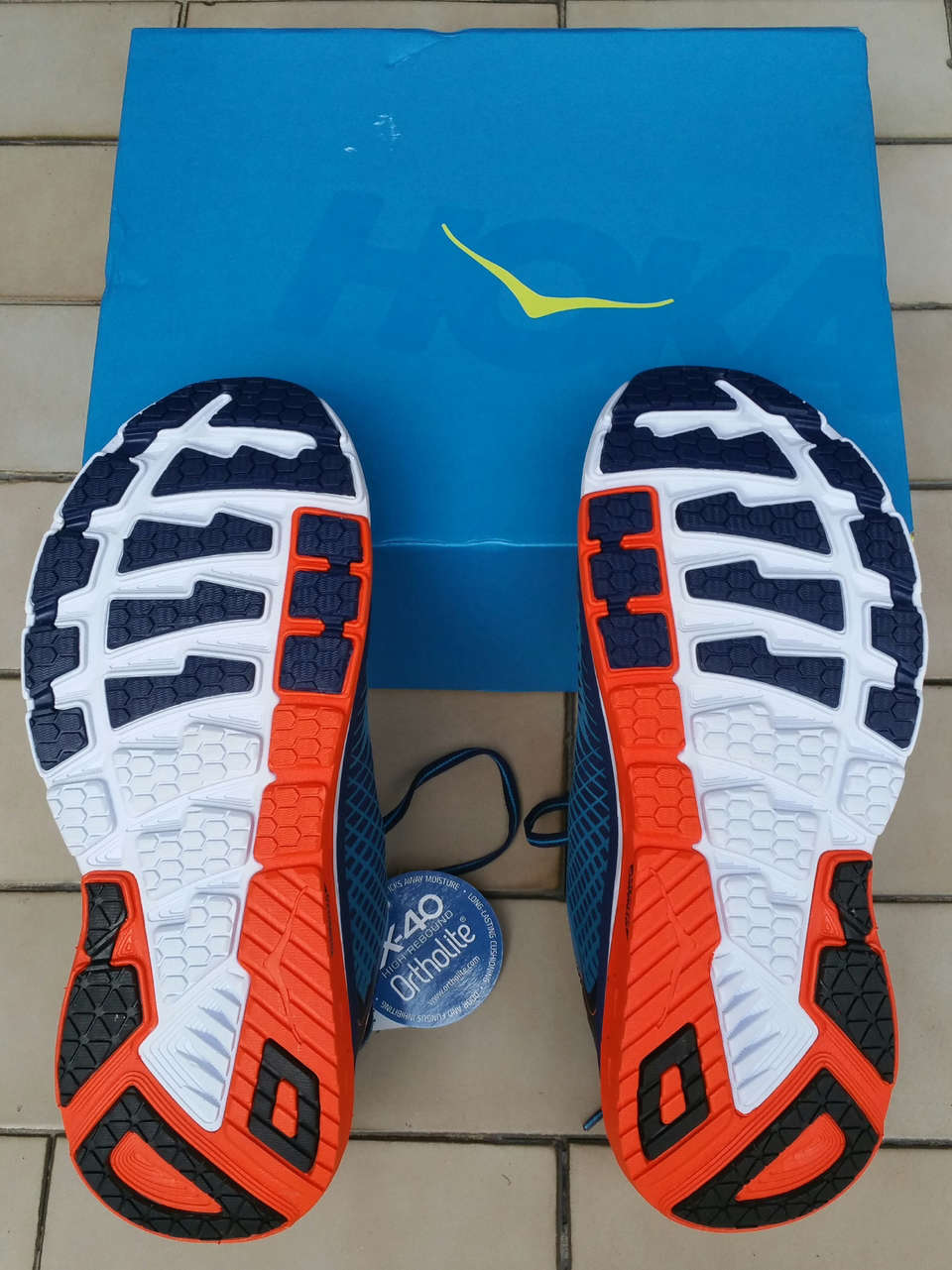
On the go: light but firm ride
I first broke into Arahi with an easy 6-min pace 11km run. While the shoe fitting was good, the ride was rather firm. It was light, yet it didn’t have the bounce I was familiar with the other Hoka models. Perhaps, this could be due to the harder sole last meant for stability support purposes.
Next, I did a 5-min pace 5km run to confirm on that initial lack of bounce. And the result was to my expectations. While this shoes provides stability, I feel there is some compromise on its claim to being fast.
A few more runs later – both in Singapore and Bangkok – totalling in excess of 50km, and my evaluations were consistent, as summarised below.
Runner’s Boon
- A good looking pair or shoes. Well designed to hide the traditional bulky Hoka look
- Shoe tongue and insoles have good amount of padding
- Lightweight by stability shoes standard
Runner’s Bane
- Surprisingly narrow toebox in relation to other Hoka models. This may potentially pose discomfort when the feet swell on longer runs and there is heat build up
Insufficient bounce feel - Lacing for a good fit can be tricky. Do experiment with the various lacing techniques that fit your feet
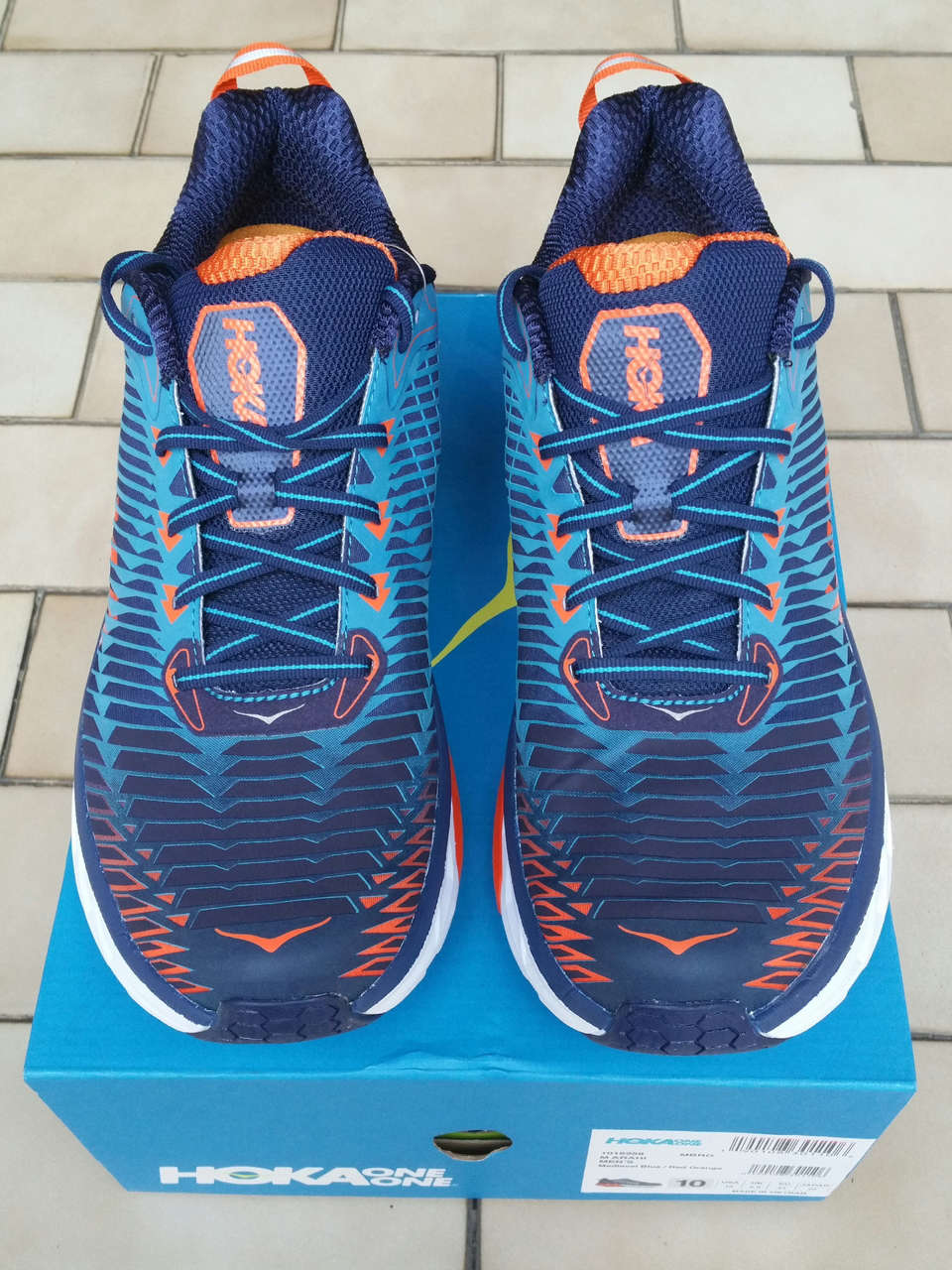
Conclusion
In all fairness, I’m a 65kg middle aged running enthusiast with a very slight overpronating issue.
I feel that Arahi serves its purpose specifically for the average-paced overpronating recreational runner who does short to mid-distance runs and lean towards the weighty side. Then, the full benefits of the J-frame technology can be realised.
However, if you’re like me, I find that this Arahi is a bit of an engineering overkill. I’ll stick to Hoka One One’s other models that feel faster and more bouncy. But I will save this Arahi for my overseas trips where I can only afford to wear one pair of shoes for the whole trip to commute and run.
The Arahi is available for men and women and it retails for S$239 at selected World of Sports stores, Running Lab stores & authorised dealers.



